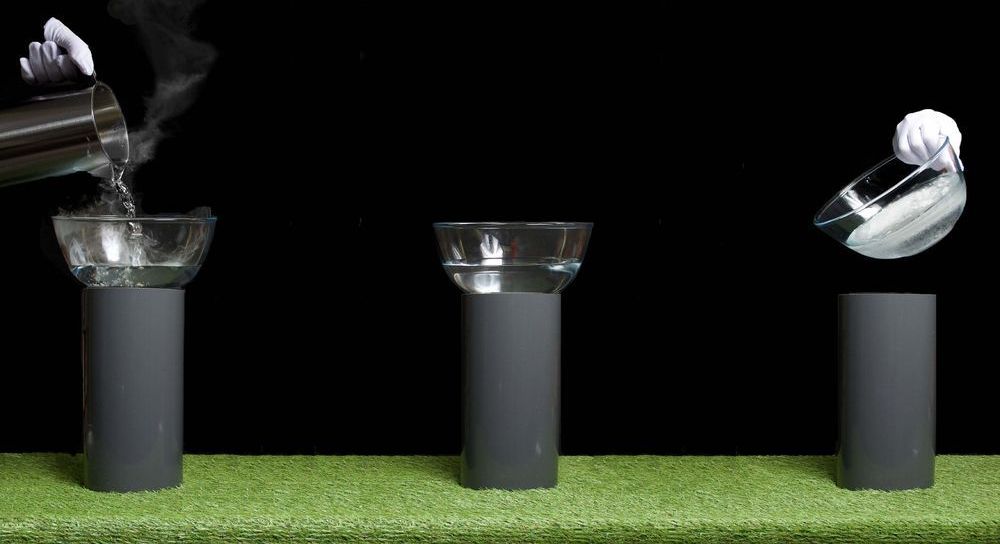Solid-state sodium-ion batteries are far safer than conventional lithium-ion batteries, which pose a risk of fire and explosions, but their performance has been too weak to offset the safety advantages. Researchers Friday reported developing an organic cathode that dramatically improves both stability and energy density.
The improved performance, reported in the journal Joule, is related to two key findings:



